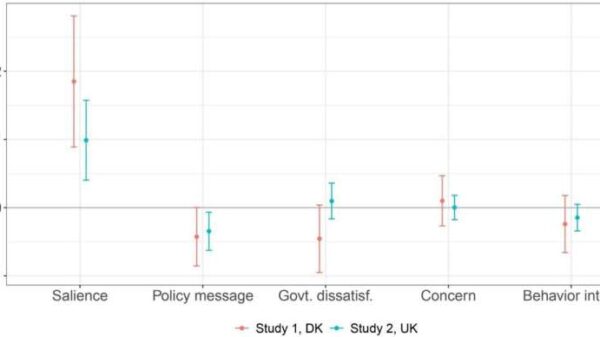CEO turnover is experiencing a notable increase, even among companies that are performing well. According to a report by The Conference Board, the percentage of CEO successions at firms in the top three performance quartiles of the S&P 500 rose from 7% in 2024 to 12% in 2025. In contrast, the turnover rate among the bottom quartile performers saw a modest increase to 14%.
Ariane Marchis-Mouren, a Senior Researcher at The Conference Board and coauthor of the report, noted that this trend reflects a broader shift towards higher CEO turnover rates. She explained that many of the leadership changes observed in 2025 were driven by strategic realignment and long-term succession planning, rather than immediate performance issues.
The report highlights a significant rise in external CEO appointments, which nearly doubled within the S&P 500—from 18% in 2024 to 33% in 2025. This figure represents the highest level of external hires in the past eight years and indicates that corporate boards are increasingly prioritizing new perspectives to tackle emerging challenges and transformative initiatives.
Shifting Perspectives on Leadership Selection
The findings from The Conference Board, in collaboration with Egon Zehnder, ESGAUGE, and Semler Brossy, delve into various aspects of CEO turnover, including demographics, diversity, tenure, and internal promotions. The data is based on SEC Form 8-K filings from Russell 3000 and S&P 500 companies up to October 3, 2025.
In 2025, the turnover rate among lower-performing companies remained elevated at 14% for the S&P 500 and 18% for the Russell 3000, though these figures were slightly lower than in 2024. Conversely, the top-performing quartiles saw an increase in turnover, with the gap between high and low performers narrowing.
Chuck Gray, Co-Leader of the US CEO and Board Practice at Egon Zehnder, stated, “In 2025, boards appeared to take a more proactive stance—executing transitions deferred during recent volatility, initiating leadership changes to adjust strategy, and reshaping executive teams to address evolving market and stakeholder expectations.”
Projected annual rates indicate a significant increase in CEO successions at large-cap companies. By October 2025, the S&P 500 recorded a 13% turnover rate, surpassing the 10% recorded in 2024, while the Russell 3000 maintained an 11% rate.
The Rise of External Hires and Gender Diversity Stagnation
Notably, the trend towards external promotions is becoming more pronounced. In the S&P 500, internal promotions accounted for 67% of successions in 2025, marking a decrease as external hires surged to 33%. This shift has driven internal promotion rates below 70% for the first time in eight years. The Russell 3000 saw 65% of successions as internal, a slight increase from 62% in 2024.
Umesh Chandra Tiwari, Executive Director of ESGAUGE, commented, “While most CEO appointments continue to come from within, the growing share of external hires points to a shift in how boards think about leadership succession. They’re increasingly prioritizing strategic renewal and the infusion of new perspectives.”
Departing CEOs in the S&P 500 served an average of 9 years, an increase from 7 years in 2024, which is the longest tenure since 2021. The Russell 3000 reported an average tenure of 8 years, consistent with recent years. Blair Jones, Managing Director at Semler Brossy, noted that the rise in tenure reflects a mix of delayed retirements and boards responding to a disruptive environment.
In terms of gender diversity, the representation of women in CEO roles has plateaued. In the S&P 500, the number of female CEOs remained stable at 48 in both 2024 and 2025. The Russell 3000 saw a slight increase, with women representing 7.7% of CEOs, up from 7.6% the previous year.
As companies navigate these transitions, the focus on leadership selection and CEO turnover will likely continue to evolve, reflecting broader changes in corporate governance and market demands.



































































